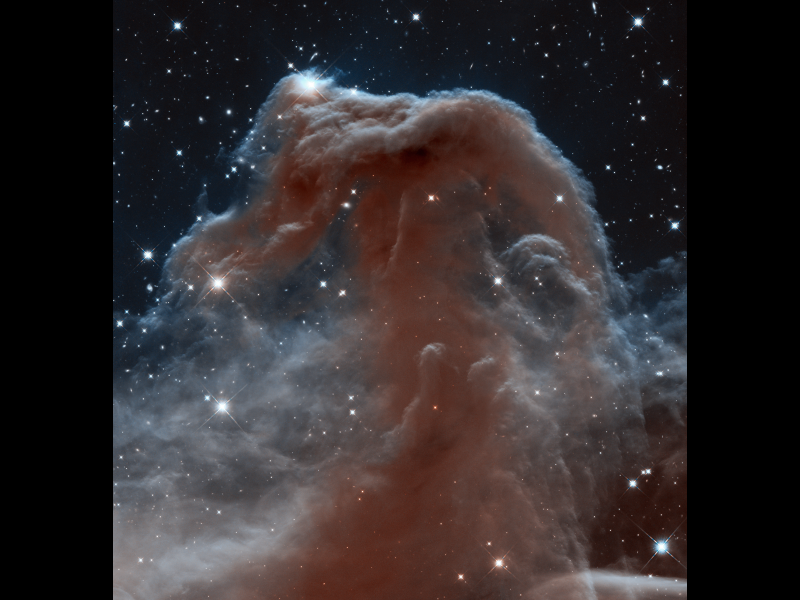Science Sunday - Seeing Heat
 |
| Image Credit: NASA/ESA/Hubble Heritage Team |
Hot objects give off light, or electromagnetic radiation, in an energy range beyond that of red light, a region known as the infrared. We can't see this with our eyes, of course, but we can "see" it using instruments known as spectrometers that rely on detectors that can pick up radiation our own eyes cannot detect.
A camera utilizing detectors that are sensitive to light outside the visible spectrum was installed on the Hubble Space Telescope about five years ago. It has produced spectacular images, including this one, which is an image of the Horsehead Nebula as it would look to us if we could see infrared light. The detector in this case is a solid-state device made of an exotic material composed of mercury, cadmium and tellurium. When we look at this image we are, essentially, seeing the heat the horsehead nebula emits into space.
Comments
Post a Comment
Please leave a comment!